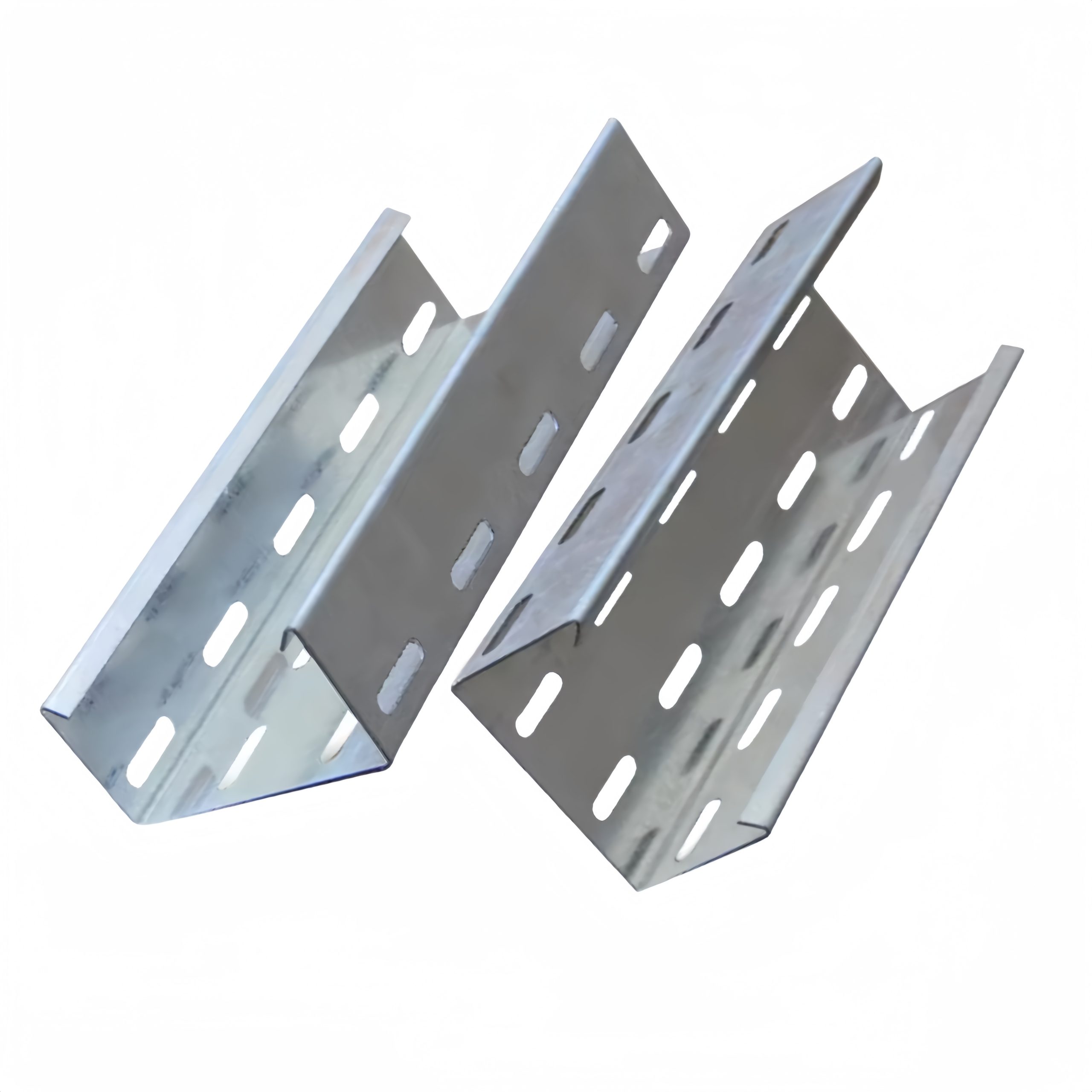Cable ladders and cable trays are both vital components in electrical infrastructure systems used to manage, route, and protect cables in industrial, commercial, and sometimes even residential settings. Despite their similarities in function, there are distinct differences in design, structure, application, and benefits that set them apart. Understanding these distinctions helps engineers, contractors, and facility managers make informed decisions when designing and implementing cable management solutions.

Defining Cable Ladders
Design and Structure
A cable ladder is characterized by its open framework, resembling a ladder, hence the name. It consists of two longitudinal side rails made of metal (such as steel or aluminum) interconnected by equally spaced rungs. This design provides a high degree of strength and rigidity, enabling cable ladders to handle heavier loads and larger diameter cables than other types of cable management systems.
Features and Advantages
1. Capacity: Cable ladders have a greater load-bearing capacity due to their robust construction. They can support a large volume of cables, including heavy power cables and multiple bundled cables.
2. Ventilation: The open design allows for excellent airflow around the cables, which is crucial for cooling purposes, preventing heat build-up, and minimizing fire risks.
3. Flexibility: Cable ladders are versatile and can be easily modified or expanded to fit complex layouts. They come with a variety of accessories like bends, tees, and crosses to navigate around corners and obstacles.
4. Accessibility: Due to the wide openings between rungs, adding, removing, or changing cables is relatively straightforward.
Defining Cable Trays
Design and Structure
Cable trays, on the other hand, come in a broader array of designs, including ladder-type trays, which look similar to cable ladders but with more variations. Other common types include solid-bottom trays, ventilated trays (perforated trays), and wire mesh trays. Unlike cable ladders, they may have full or partially enclosed bottoms and sides.
Features and Advantages
1. Protection: Solid-bottom and perforated trays offer more protection to cables from dust, debris, and accidental contact. Perforations allow for air circulation while providing anchor points for securing cables.
2. Versatility: Different tray styles cater to various installation requirements. For example, solid-bottom trays are ideal for environments with high dust levels or stringent fire protection measures, while ventilated trays work well in areas where heat dissipation is paramount.
3. Installation Flexibility: Like cable ladders, cable trays also come with a suite of fittings and accessories that facilitate easy customization and adjustment during installation.
4. Aesthetics: Depending on the design, cable trays can blend seamlessly into architectural interiors, offering a cleaner, more concealed cable management solution compared to open cable ladders.

Key Differences
Load Capacity: Generally, cable ladders have higher load-carrying capabilities due to their sturdy construction and wider rungs, making them suitable for heavy-duty applications.
Cable Protection: Cable trays offer more options for protecting cables from environmental hazards and mechanical damage, especially when using solid-bottom or perforated designs.
Airflow and Cooling: While both provide some level of ventilation, cable ladders tend to promote better airflow due to their open design, which can be beneficial in hot environments or for installations with high-power cables.
Installation Complexity: Both cable ladders and trays can be configured to fit unique layouts, but the open nature of cable ladders might simplify the process of inserting or modifying cables post-installation.
Ultimately, the choice between a cable ladder and a cable tray depends on the specific requirements of each project, taking into account factors such as cable types, load capacities, environmental conditions, aesthetics, and maintenance considerations. Consulting with experienced professionals and adhering to local electrical codes and regulations is crucial to ensuring the best-suited solution for every unique situation.

